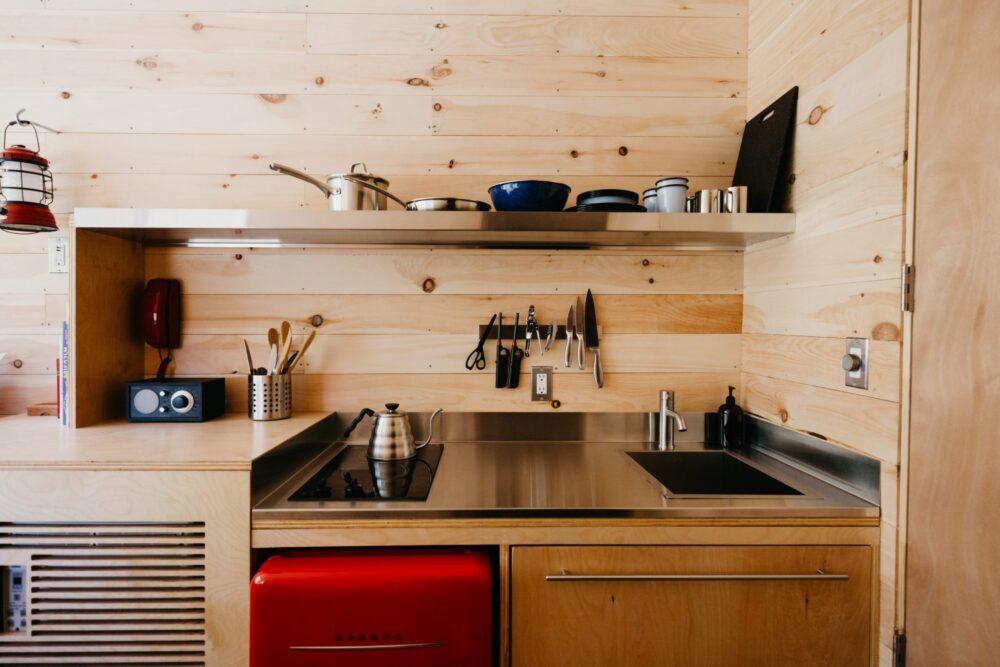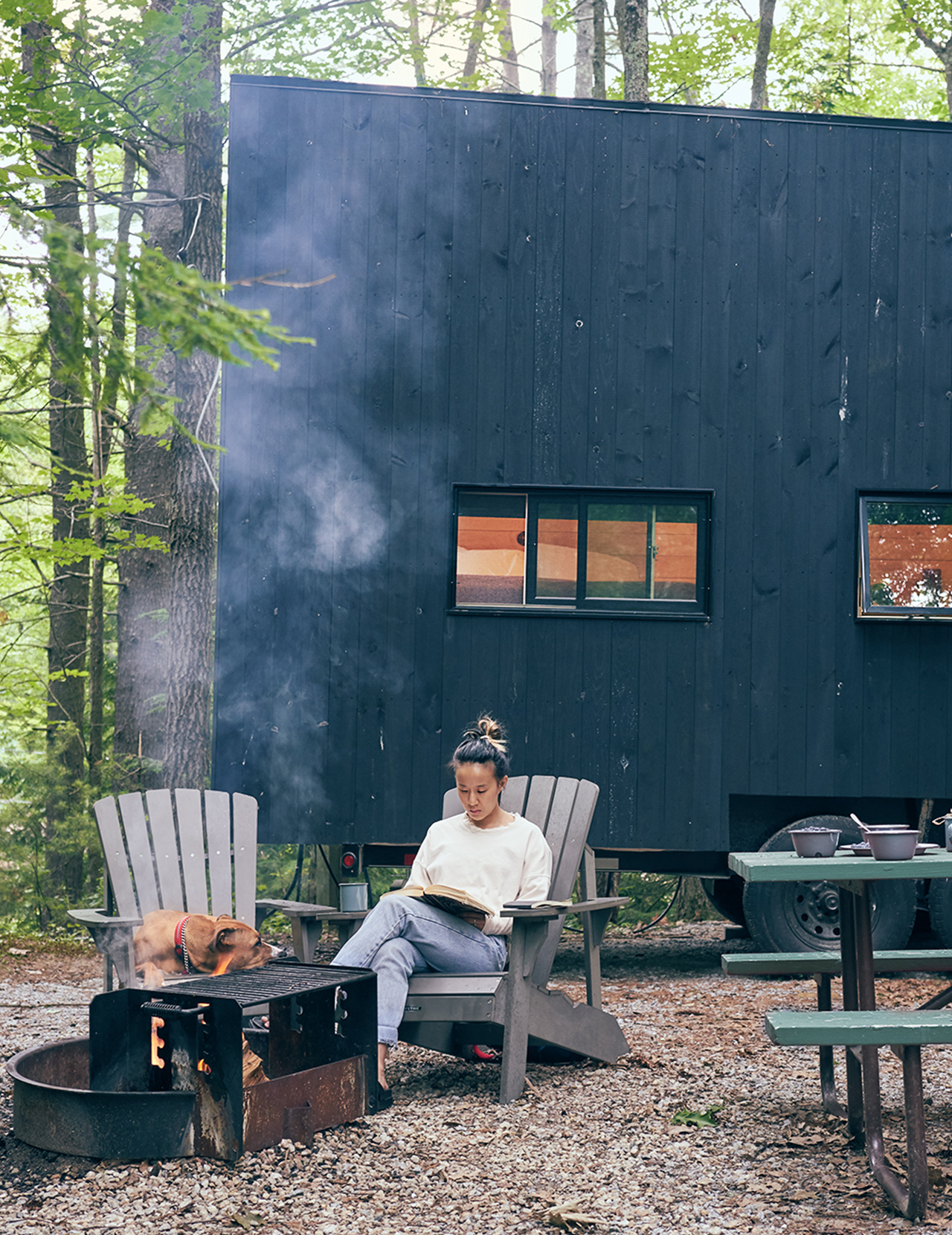There’s something special about hospitality.
That specific mix of warmth, novelty, and generosity that makes a hotel or dining experience especially memorable. It’s why at the Inlay we’ve dedicated so much of our work life on hospitality brand identity, building beautiful, immersive brand experiences.
The past year has been difficult for anyone working in hospitality. Like most hotel and restaurant groups, many of our clients were hit hard by travel restrictions and capacity limits. Only hospitality offerings aligned with the new normal—like our past client Getaway, which was recently named the ultimate pandemic escape by Fast Company thanks to a brand experience built on solitude, tranquility, and connecting with nature—were able to grow during this most unorthodox year.
As vaccine rates go up, restrictions relax, and business as usual becomes more usual, we’re thinking a lot about what has changed—and what it will mean to build a hospitality brand for the future.
01. We reconsidered our relationship to space
One of the biggest shifts in the pandemic was the importance of ample personal space. With social distancing measures mandating a minimum of 6 feet between patrons, suddenly inconveniences like middle seats on airplanes or cramped hotel rooms with windows that don’t open became liabilities. Pandemics have reshaped our built environments before. So while we don’t expect all planes to be redesigned and hotels to be renovated to offer more spacious accommodations, we do expect this stronger sense of personal space—and the luxury that comes with it—to reshape much of the post-COVID hospitality experience.
02. We longed for novelty
For many, the experience of working, living, and relaxing in the same environment has created a general malaise—what the New York Times recently named “languishing.” And the biggest contributor to this feeling is a lack of novelty. The possibility that a new environment offers, and the creativity that it sparks, are part of what makes travel and hospitality experiences so enjoyable. As we move back into the world, the best brands will move beyond just talking about what they offer customers and emphasize the surprise, delight, and pleasure of a wholly new experience.
03. We craved tactile experience
We did a good job of shifting to a digital-led world. But Zoom only engages a few of our senses—sight, sound—and leaves others wanting. We’ve long enjoyed building hospitality brand identities because the difference is in the details—not just the way a space looks but the way it guides you through it, the music in the lobby, the scent of the room, the feeling of a high-quality fabric on your skin or a cold drink glass in your hands. As we think about some of our upcoming projects, including a rebrand of the Algonquin Hotel that will be revealed later this summer, we keep returning to what drew us to this work in the first place: the best hospitality is an immersive experience that transports you to a wholly new place.
After a year of caution around strangers, crowds, and shared experiences, wading back into the world is going to be difficult for many. But restaurants and hotels have already done a lot of work to draw people back in and make them feel comfortable. This consideration and adaptability is now a key part of hospitality brand identity. This moment is an opportunity: to rediscover the things we’ve missed, but also to embrace the changes we’ve made that make a hospitality experience safer and more enjoyable.

